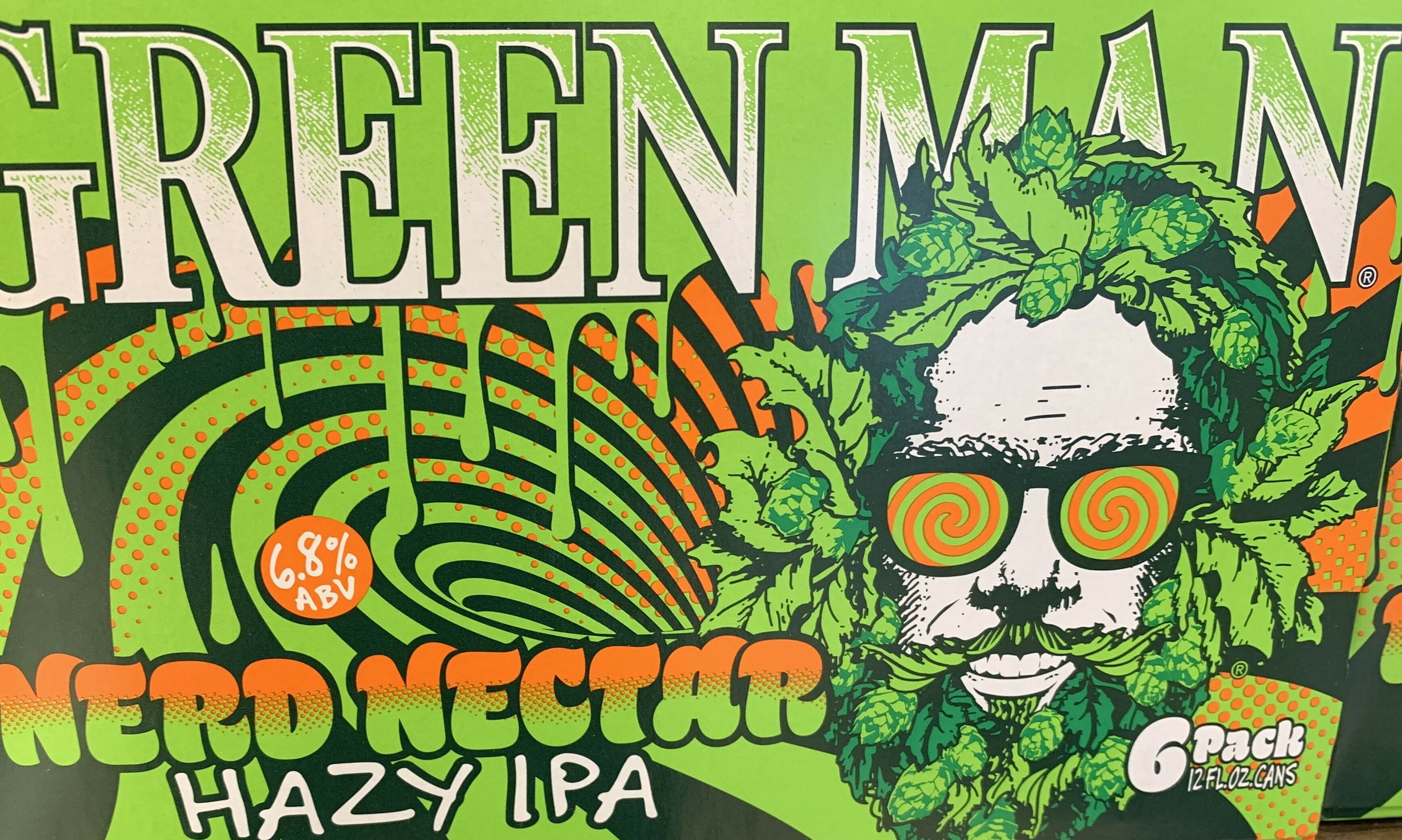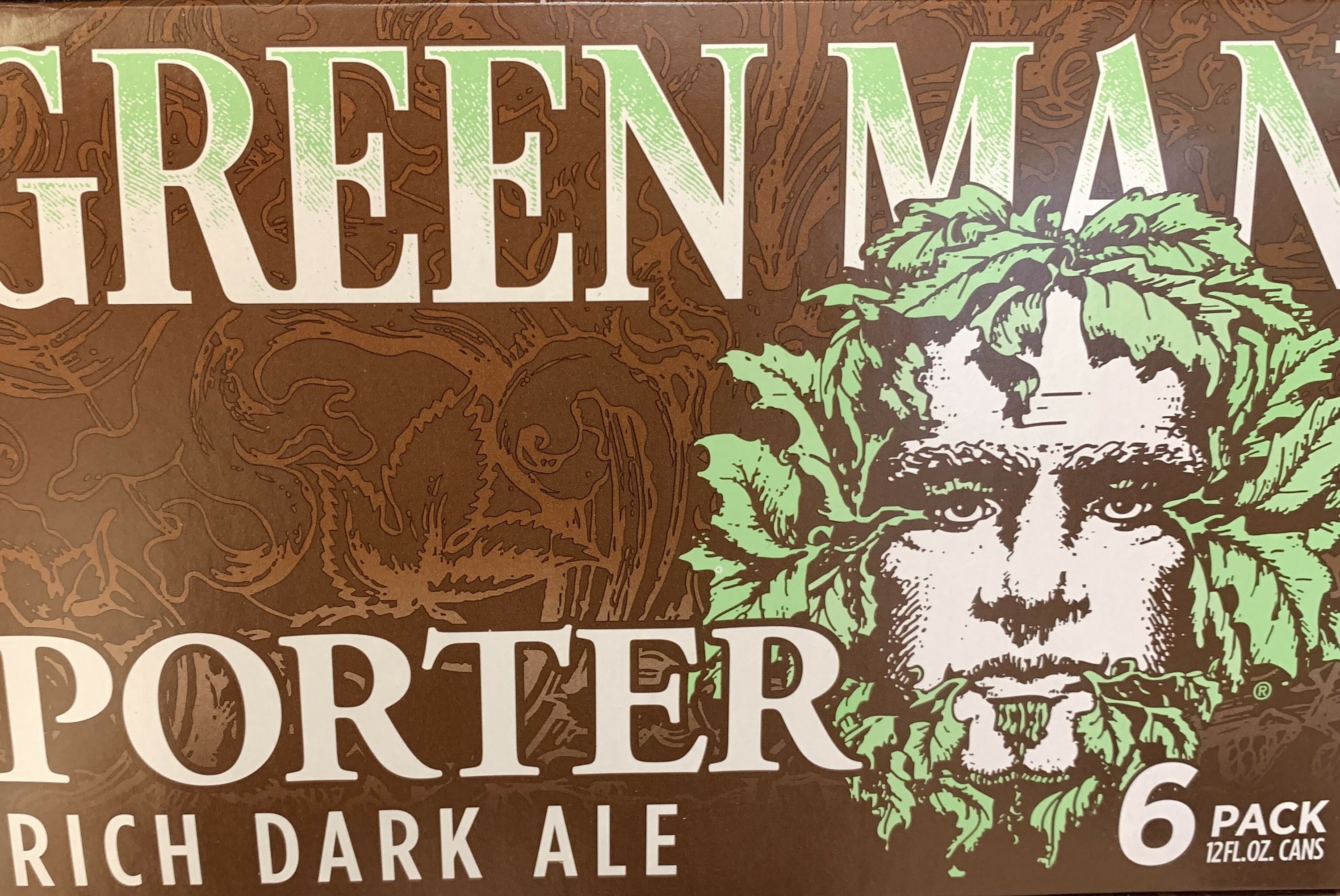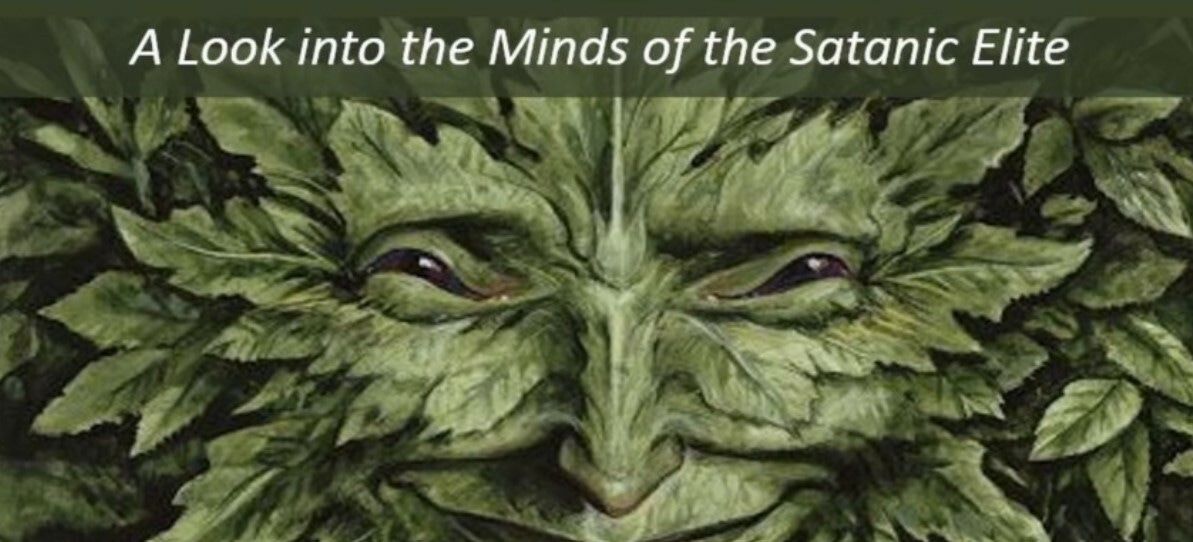What is a “Green Man?”
Answer: b, c, & d. Answer “a” is yet to be determined (more sarcasm).
We shall first speak about answer “c.” Asheville—now non-affectionally renamed Trashville—and its environs are home to well over 50 microbreweries and growing, plus three major brands: Sierra Nevada, New Belgium…can’t remember the third.
Portland, Oregon and Austin, Texas have more breweries, but they are much larger cities than Trashville. Guess what else these three cities have in common? They are maxed-out “woke.”
One of the pioneer brew-pubs/breweries in Asheville was Green Man which began in 1997. The Green Man beer was served at a brew-pub in downtown Asheville called Dirty Jacks—long before the Dems began to dominate local politics, which led to Asheville’s slide into becoming Trashville.
My late wife, Roxanne, and I both appreciated Celtic music and so we went to Dirty Jacks tavern once to hear the live Celtic music.
 (Photo by James Bruggeman)
(Photo by James Bruggeman)
The brand outgrew the tiny Dirty Jacks tavern and now has a large new facility in the “South Slope” neighborhood just south of downtown Asheville. I had a beer there once with a local friend, but have not gone back. I wondered where they got the name “Green Man,” but it never arose to the top of my priority list to inquire.

(Photo by James Bruggeman)
The following information comes from the Green Man Brewery website: The emphasis is mine.
QUOTE: A Green Man is a sculpture, drawing, or other representation of a face surrounded by or made from leaves. Branches or vines may sprout from the nose, mouth, nostrils or other parts of the face and these shoots may bear flowers or fruit. Commonly used as a decorative architectural ornament, Green Men are frequently found on carvings in churches and other buildings (both secular and ecclesiastical). “The Green Man” is also a popular name for English public houses and various interpretations of the name appear on inn signs, which sometimes show a full figure rather than just the head.
The Green Man motif has many variations. Found in many cultures around the world, the Green Man is often related to natural vegetative deities springing up in different cultures throughout the ages. Primarily it is interpreted as a symbol of rebirth, or “renaissance,” representing the cycle of growth each spring. Some speculate that the mythology of the Green Man developed independently in the traditions of separate ancient cultures and evolved into the wide variety of examples found throughout history. END QUOTE
We can surmise that the green man motif was found in churches with the full understanding of the architects/artists/sculptors that it represented satan/the devil.
Perhaps two or three years ago, we first began hearing Juan O Savin teaching about the green man. It is very well summarized in this brief clip along with some new information from Juan for some of our readers.
We wish to emphasize what Mr. 107 does; namely, that he/we are not saying that we believe what Juan reveals, but that does not matter in terms of what the wicked are engaged in.
People act on their beliefs, and there is a plethora of evidence—way beyond this clip—to indicate that indeed, the cabal, the Mystery Babylonians, do indeed believe they have the “divine right” to rule the earth, given them by their “god,” satan, the devil, or “big Lucy” as we sometimes refer to “Lucifer.”
Here is the promo from this video clip:
QUOTE: A very nicely done program by Lewis Herms and just clipped to Juan’s part of the program. This is the story of the significance of Symbology and how this is important in understanding how “in the beginning” we had a clear division between the Adam line that became the CAINES the “KINGS” and rulers that were “more than human” and what we are seeing today with the rise of the Artificial Intelligence that “replicates” this and has NO ARMS OR LEGS. END QUOTE
 Having read Bonnie Gaunt’s book, called Jordan—The Promise Fulfilled, which contains much information about Mt. Hermon, we recognized that Juan made a slight error in giving its height as 6,000 feet. He was talking about a UNESCO Heritage site, but he said it was at the top of Mt. Hermon.
Having read Bonnie Gaunt’s book, called Jordan—The Promise Fulfilled, which contains much information about Mt. Hermon, we recognized that Juan made a slight error in giving its height as 6,000 feet. He was talking about a UNESCO Heritage site, but he said it was at the top of Mt. Hermon.
Juan’s slight error jumped out at us because when our children were small, we lived on the slope of Mt. Pisgah here in Buncombe County, North Carolina. The farmhouse we rented was at 3,200 feet elevation and our son, David, as a teenager, once hiked straight up the steep slope to the top of Pisgah whose peak is just under 6,000 feet. Mt. Hermon over in old Canaan land is about 9,000 feet above sea level.
This podcast is 15:35 long. Here is the link.
-END-
 The Rainbow and the 4th of July
107 is “watching the water” (a reference to Q) … on the Nile
Mr. 107 (Juan O Savin) was cruising on the Nile River when he connected with Ethan Lucas on July 2nd for this interview. Here is the promotional
The Rainbow and the 4th of July
107 is “watching the water” (a reference to Q) … on the Nile
Mr. 107 (Juan O Savin) was cruising on the Nile River when he connected with Ethan Lucas on July 2nd for this interview. Here is the promotional